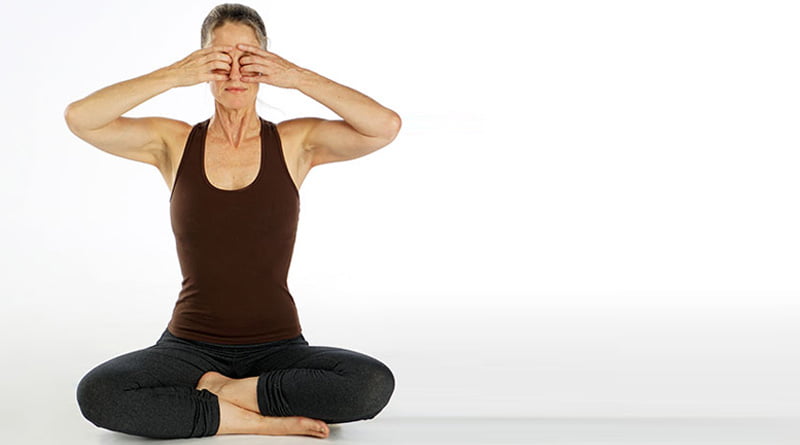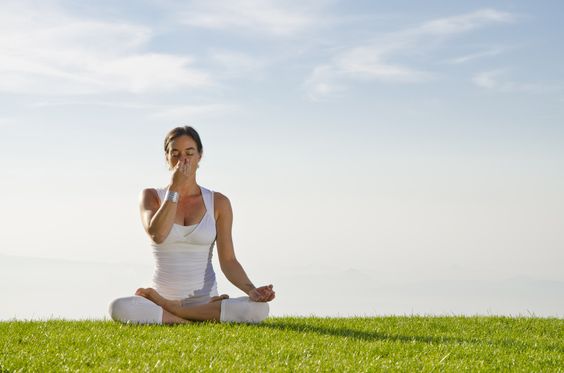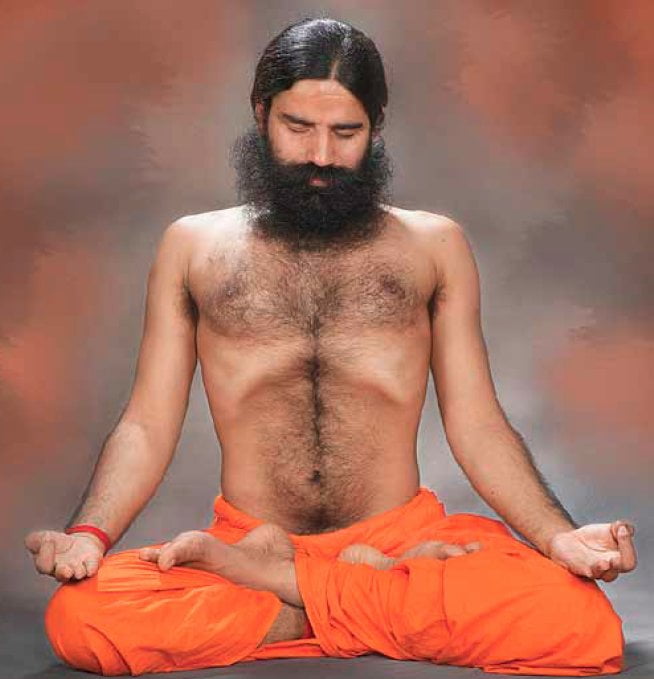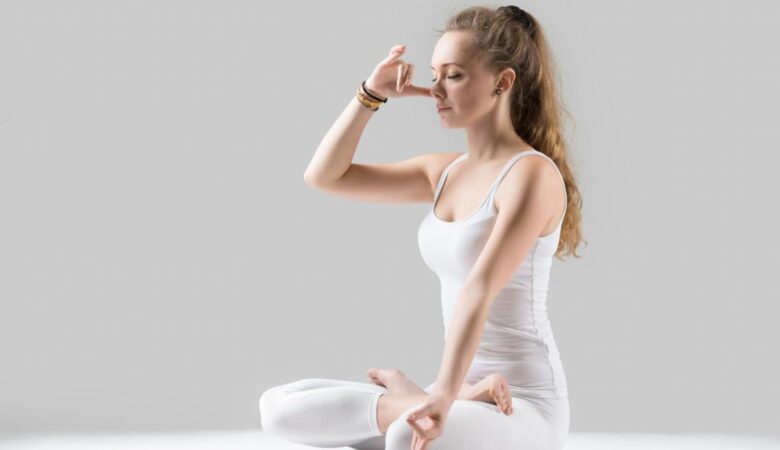Air is the basic idea of life. We can live a few days without eating anything. But if the wind is not there, then what will happen? We will not breathe and die in a few moments. That is, the air is life. But in today’s busy life, we have forgotten how to breathe. The lungs can not be fully activated by the way we breathe. It would be amazingly said that how low our thinking is on such an important topic. Pranayam is not breathing exercise. This is an exercise to control the breath, in which there is a whole chain of exercises. So let’s know the types of pranayama and benefits of them.

Source :- cureandfit . com
Table of Contents
What is Pranayama?
When we breathe in the nose, air is hot and filtered. Breathing from the nose in terms of yoga means to prolong life in maximum quantity. The purpose of pranayama is to control, present and control the life force present in the body. Keeping the life in control, the brain is also controlled. Because these two have to depend on each other. Nadis are purified with prana and strengthen the nervous system.
Pranayam is the communication of energy in our body and also helps in keeping emotions under control. Before practicing the Asanas, it is necessary to know what is the correct way to breathe? In relation to breathing, yoga actions are performed by sitting, leaving the spine, neck, and head in a straight line.
There are four types of this – Anloam-inversion, Bhramari, Chitkara, and Shitali. The first of these are considered to be the cornerstone of both pranayamas. Inevitably, all of these must be done before the Asana session. So let’s know the types of pranayama and benefits of them.
Types of Pranayama and Benefits:
Just as every posture is completed in three stages, it is the same with pranayama. Breathing, preventing and extracting. Common people consider breathing as important. But this is not so much more important than breathing how you breathe. So here are the types of pranayama and benefits of these postures.
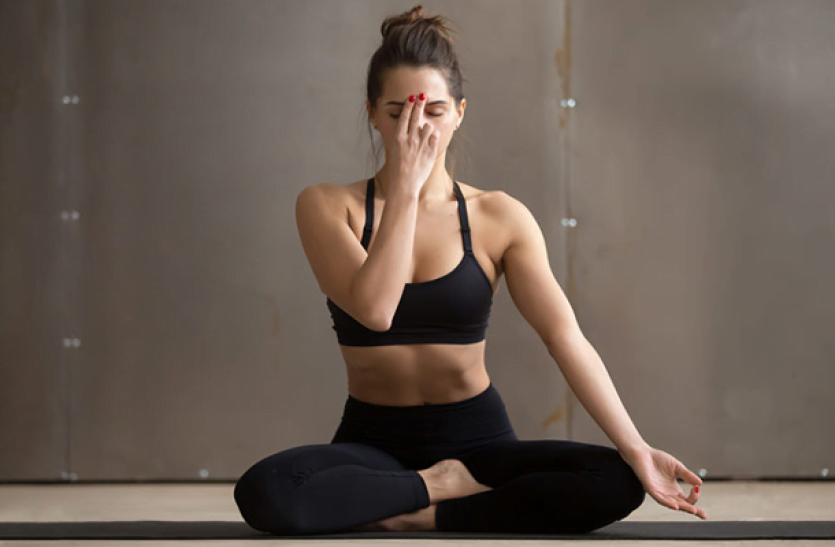
Source :- patrika . com
Nadishodhan Pranayam:
Nadishodan Pranayam is also called Anulom-Vilom. Nadodhodan pranayama or anulom-vilom has been called nectar in the scriptures and it is the most important in health benefits. In this pranayama, you breathe in the left nostril, stop breathing, and then gradually remove the breath from the right nostril. Then breathe with the right nostril, by keeping your breath in check and slowly release the breath from the left nostril. This is a cycle. In this way, make 5 to 10 times in the starting time, then gradually increase it. This is one of the types of pranayama and benefits of this pranayama is below.
Benefits:
- Reduce anxiety and stress
- Increase concentration
- Flow energy into the body
- Strengthening the immune system
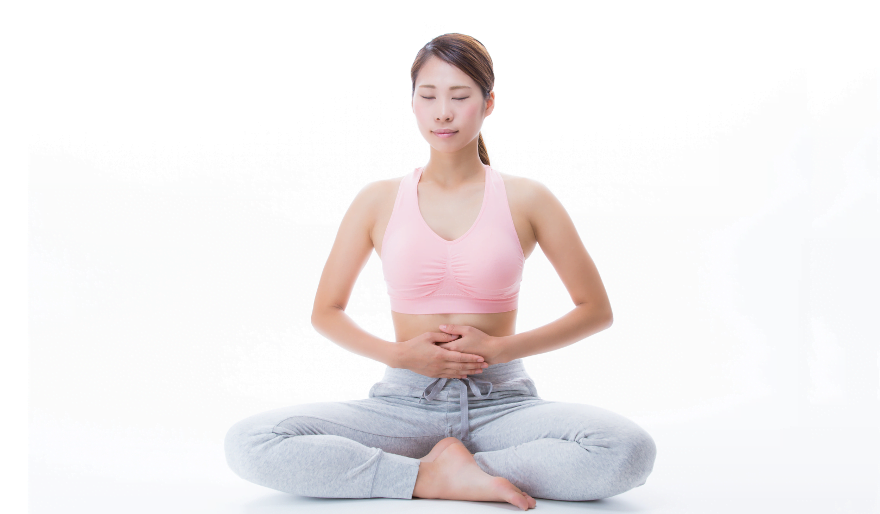
Source :- himalayaninstitute . org
Bhastrika Pranayama:
In this pranayama, breathing is taken fast, it prevents breath and is released from the force. However, this pranayama is effective for keeping the body healthy but should avoid doing it in heart patients, high blood pressure and acidity. This is one of the types of pranayama and benefits of this pranayama is below.
Benefits:
- Reduce stomach fat
- Reduce weight
- Reduce asthma
- Reduce swelling of the throat
- Increase the appetite
- Relieve the breathing problem
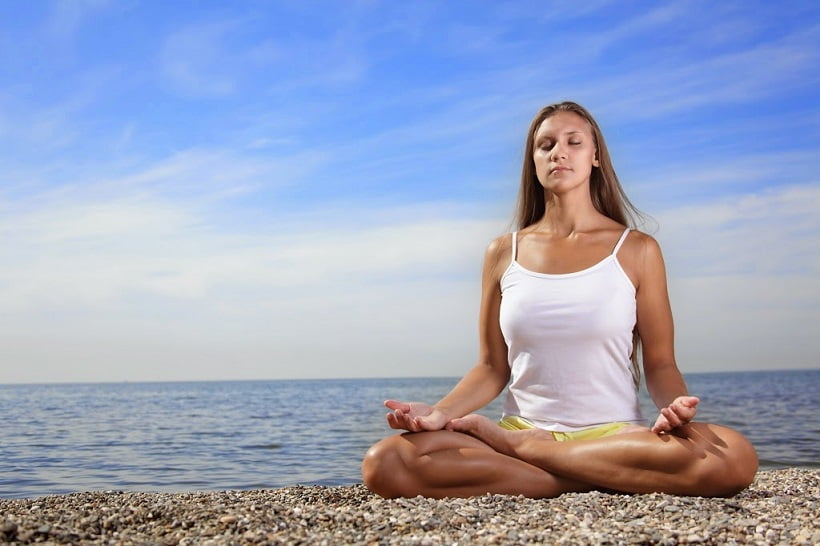
Source :- yogabysophie . com
Ujjayi Pranayama:
If you know about the benefits of Ujjayi Pranayam, you can not live without it without practicing it. It is such a pranayama that with regular practice you can slow down the aging process. It is breathed slowly from both the nostrils, the breath is stopped and the respiration is stopped from the left nostril, and the breathing is stopped gradually after releasing the breath. When both nostrils are breathed, the sound of vibration of the thyroid part of the neck is produced. This voice gives a bright spot to Ujjayi Pranayama. This is one of the types of pranayama and benefits of this pranayama is below.
Benefits:
- This pranayama keeps you young for a very long time
- This is suitable for thyroid patients
- Keeps parathyroid healthy
- Causes the brain to freezing
- Helps in energy flow in the body
- Removes mucus from the throat
- Good for heart patients
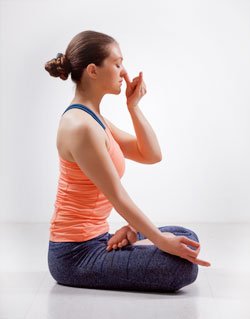
Source :- bahiranga . com
Surya Bhedana Pranayama:
In the Surya Bhedana pranayama, breathing is taken from the right nostril, the breath is stopped and left from the left nostril. This pranayama should not do those who have blood pressure higher. This is one of the types of pranayama and benefits of this pranayama is below.
Benefits:
- Discard aging
- Destroys stomach worms
- Removes airborne disorders
- Decreases headache
- Enhance low blood pressure
- Reduce respiratory problems
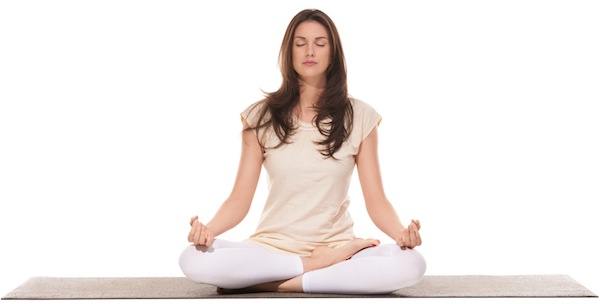
Source :- healthegyan . com
Sheetkari pranayama:
During the breathing process, the sound of ‘Si’ emerges. Cold means coolness and ‘kari’ means the one who is born. The practice of this pranayama shows the effect of coldness. The practice of this pranayama should be done much more in the summer and should not be equal in the winter season. This is one of the types of pranayama and benefits of this pranayama is below.
Benefits:
- Reduce stress
- Reduce anxiety
- Effective for depression
- Reduce anger
- Under control of appetite and thirst
- Reduce blood pressure
- Calm mind
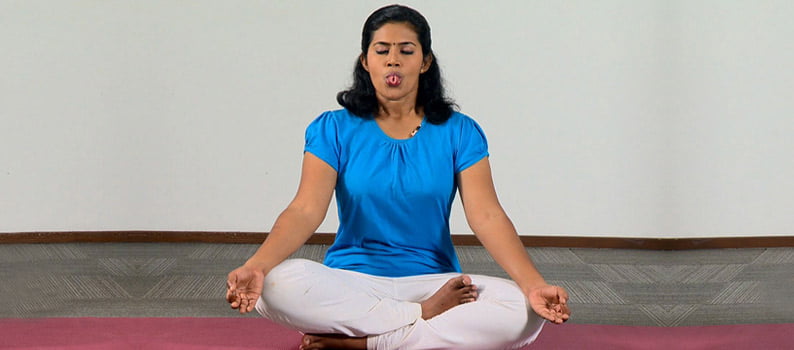
Source :- yogadaycelebration . com
Sheetli Pranayama:
Sheetal means cold which means quiet. This pranayama makes the entire body cool. The practice of this pranayama should be done much more in the summer and should not be equal in the winter season. This is one of the types of pranayama and benefits of this pranayama is below.
Benefits:
- Reduce stress
- Reduce anxiety
- Reduce depression
- Reduce anger
- Reduce blood pressure
- Relieves indigestion
- Promote healthy eyes and skin
Bhramri Pranayama:
The word Bhramri is derived from ‘Bhramar’, which means the muttering black bee During its practice, the nostrilous sound produces nonsense, hence its name is confused. This is one of the types of pranayama and benefits of this pranayama is below.
Benefits:
- To calm the mind
- Reduce tension
- Reduce anger
- Reduce anxiety
- Reduce depression.
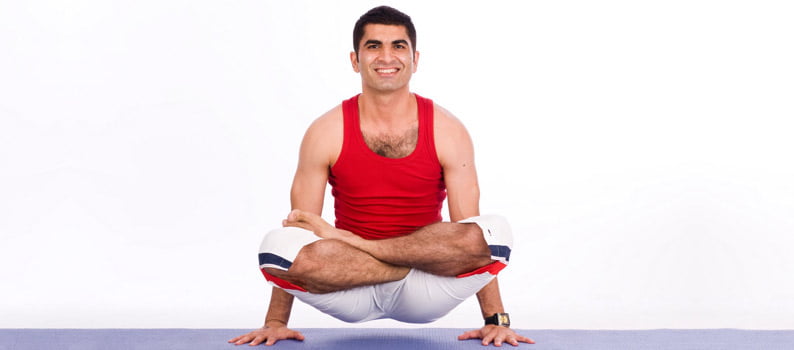
Source :- yogadaycelebration . com
Plavini Pranayama:
Plavini in Sanskrit language means swim. With the practice of this pranayama any person can float like lotus leaves in water, hence the name was Plavini. In this practice, your breath is kept in the form of desire, so this pranayama is called Kavali or Plavini Pranayama. This is one of the types of pranayama and benefits of this pranayama is below.
Benefits:
- Enhance digestion
- Enhancing aging
- Peace mind
- Reduce stress
- Reduce anxiety
- Help to increase memory
Murcha Pranayama:
Murcha in Sanskrit language means the suspension status of all mental activities. Murcha pranayama prevents you from stress, anxiety and depression, as well as effective for patients with mental problems and impotence. This is one of the types of pranayama and benefits of this pranayama is below.
Benefits:
- Reduce Stress
- Reduce anxiety
- Reduce depression
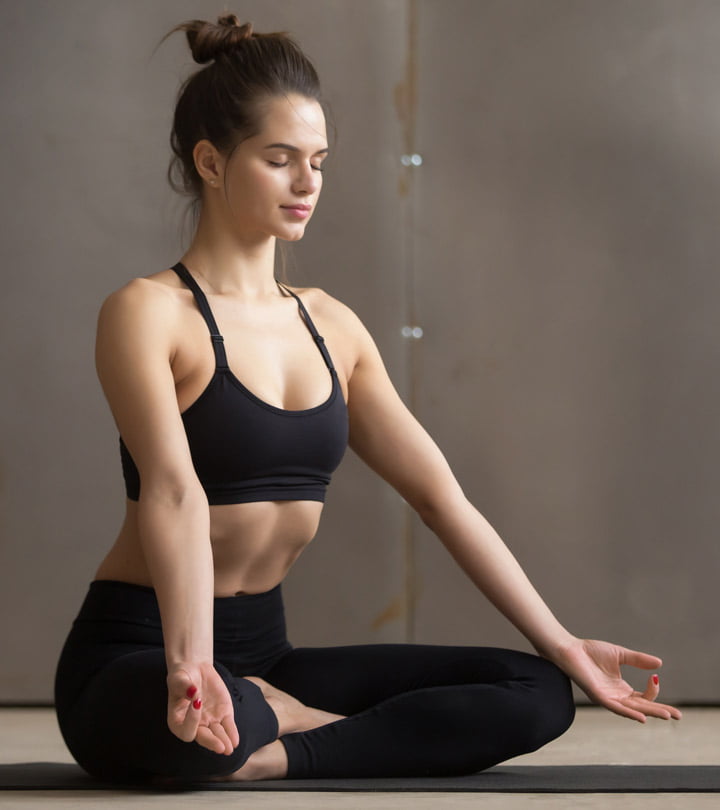
Source :- stylecraze . com
Kapalbhati Pranayama:
‘Kapal’ means the meaning of skull and ‘Bhati’ means shine. Kapalabhati is such a pranayama, whose practice revolves head and brain functions. This pranayama should not be done when heart disease, dizziness, hypertension, hernia, and asthma ulcers. This is one of the types of pranayama and benefits of this pranayama is below.
Benefits:
- Helps in weight loss
- Reduce aging,
- Prevents hair from becoming grey
- Reduce asthma
- Reducing mucus
- Improves digestion
- Enhance lung capacity
- Improves Constipation.

